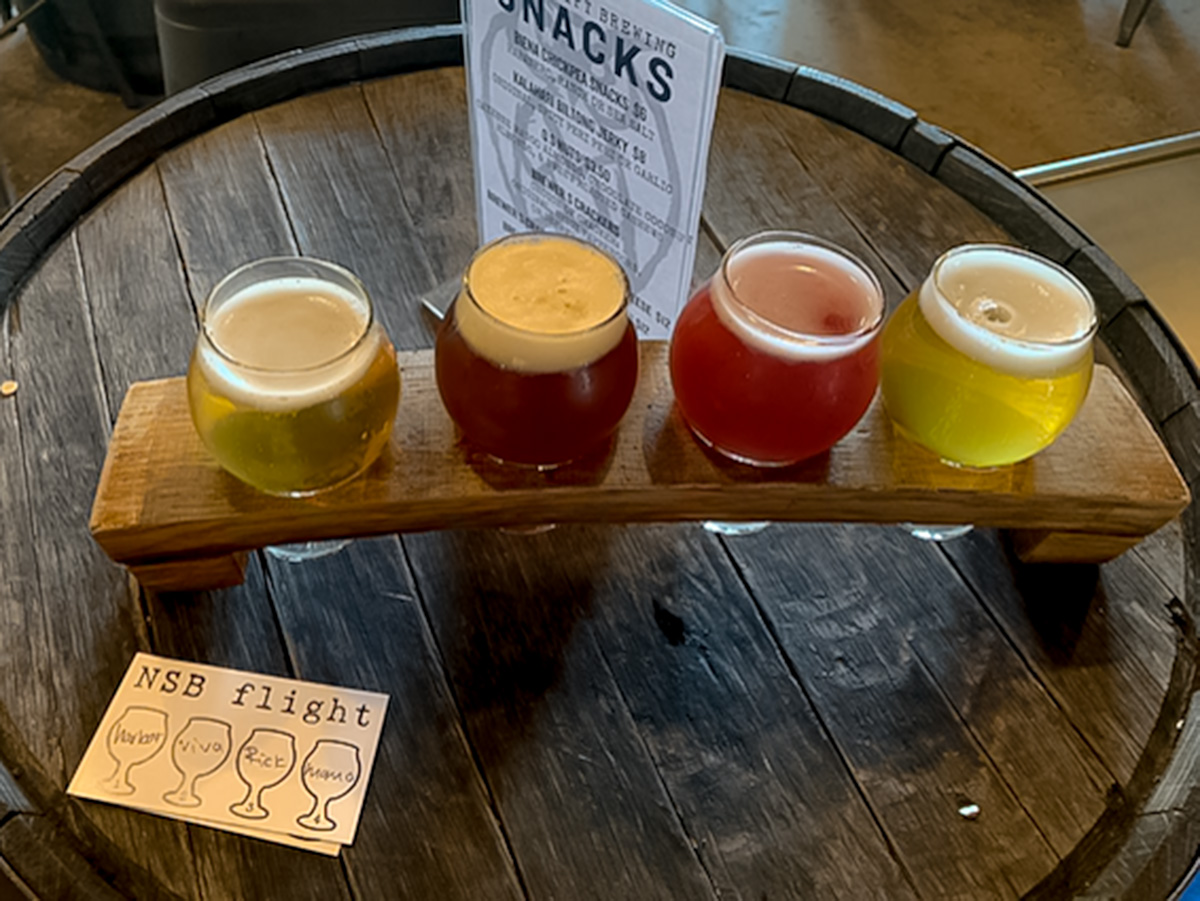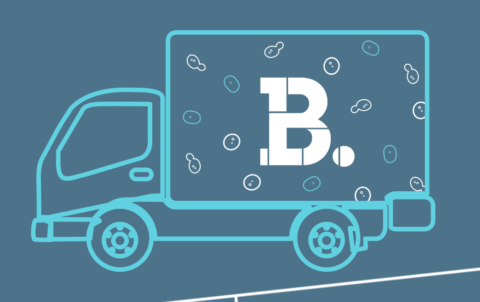
It’s easy to see brewing as an inherently sustainable endeavour. With grains, hops water and yeast making up the core ingredients, it’s a pretty natural process. And while this may be the case, it’s important to note that here in Australia we brew and consume a lot of it. Fortunately, craft brewers are generally a pretty conscientious crew and there are plenty who understand the importance of brewing in a more eco-friendly way. This might involve sourcing ingredients locally, installing solar panels on breweries, finding alternative uses for waste products or reducing water and energy use. In short, there are steps brewers can take to tread a little more lightly. So with this in mind, we thought we’d put together some thoughts on the role yeast management can play in creating a more eco-friendly brew.
Understanding the Impact
First, it’s crucial to grasp the environmental impact of yeast management. Traditional practices often involve single-use yeast, leading to significant biological waste. Moreover, the disposal of spent yeast requires energy for transportation and processing, contributing to a brewery’s carbon footprint. By adopting more sustainable yeast practices, breweries not only reduce waste but also lower their overall environmental impact.
Yeast Reuse: Maximising Efficiency
One of the most straightforward methods for reducing waste is to repitch your yeast. Many craft brewers are turning to this practice, harvesting yeast from one batch of beer to use in subsequent ones. This process can be repeated multiple times without compromising the beer’s quality, provided that the yeast is handled and stored properly. To optimise yeast health and viability, brewers should monitor cell counts, viability, and contamination levels. Effective yeast management and reuse can significantly decrease the need for new yeast production, reducing both costs and environmental impact.
If you’d like to know more about repitchting yeast you might like to check out our article: Seven Steps to Repitch Your Brewing Yeast
Investing in Yeast Health
Maintaining yeast health is paramount for successful reuse. Stressful conditions, such as high alcohol concentrations or improper temperatures, can weaken yeast cells, affecting their performance in future batches. Brewers can invest in equipment and practices that ensure optimal fermentation conditions, such as precise temperature control systems and oxygenation equipment. Healthy yeast not only performs better but can also be reused more times, further decreasing waste.
Spent Yeast: From Waste to Resource
Even after its final use in brewing, spent yeast need not go to waste. Innovative brewers are finding new life for this by-product in various applications. Spent yeast can be processed into nutrient-rich animal feed, offering a sustainable alternative to traditional feeds. Additionally, it can be composted to create a valuable soil amendment for local agriculture or gardening projects. Some breweries are even exploring the conversion of spent yeast into renewable energy through anaerobic digestion, which produces biogas.
Collaborating for Sustainability
Collaboration can amplify the impact of eco-friendly yeast practices. Breweries can partner with local farms for the distribution of spent yeast as feed or compost, creating a circular economy that benefits both parties. Networking with other brewers can also lead to the exchange of best practices and innovative ideas for yeast management and reuse. Furthermore, collaborative efforts can extend to research institutions, exploring new technologies and methods for yeast reuse and waste reduction.
Educating and Engaging the Community
Education plays a vital role in the success of sustainable practices. Breweries can engage their customers and the wider community by sharing their efforts and achievements in eco-friendly yeast management. Workshops, brewery tours, and social media are excellent platforms for raising awareness about the importance of sustainability in brewing. By educating consumers, breweries not only foster a more environmentally conscious community but also encourage other businesses to adopt similar practices.
The Future of Eco-Friendly Yeast Practices
As we look to the future, the potential for innovation in yeast management is encouraging. Advances in biotechnology could lead to more efficient yeast strains that require fewer resources and produce less waste. The exploration of wild and native yeasts offers not only unique flavour profiles but also adaptations to local environmental conditions, reducing the need for intensive management practices.
Through eco-friendly yeast practices, craft brewers have a unique opportunity to lead by example, demonstrating that it is possible to produce great beer while also caring for the planet. By embracing yeast reuse, investing in yeast health, finding new uses for spent yeast, collaborating for sustainability, and educating the community, brewers can make a significant impact. The journey towards a more sustainable brewing industry is not only about reducing waste and conserving resources but also about building a community that values and practices environmental stewardship. Let’s raise a glass to the brewers who are paving the way for a greener future, one batch at a time.
Want a clean, easy and faff-free way to make your brewing yeast go another round (or seven), why not check out our Clean Repitching System?



